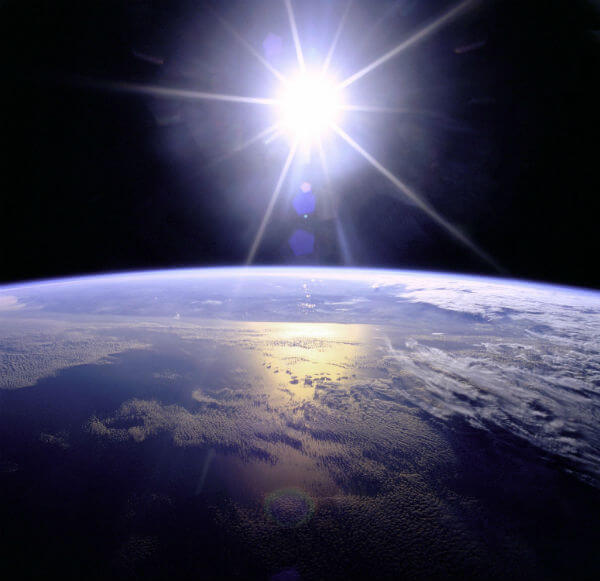
The Guardian reports: The world is hurtling towards an era when global concentrations of carbon dioxide never again dip below the 400 parts per million (ppm) milestone, as two important measuring stations sit on the point of no return.
The news comes as one important atmospheric measuring station at Cape Grim in Australia is poised on the verge of 400ppm for the first time. Sitting in a region with stable CO2 concentrations, once that happens, it will never get a reading below 400ppm.
Meanwhile another station in the northern hemisphere may have gone above the 400ppm line for the last time, never to dip below it again.
“We’re going into very new territory,” James Butler, director of the global monitoring division at the US National Oceanographic and Atmospheric Administration, told the Guardian.
When enough CO2 is pumped into the atmosphere from burning fossil fuels, the seasonal cycles that drive the concentrations up and down throughout the year will eventually stop dipping the concentration below the 400ppm mark. The 400ppm figure is just symbolic, but it’s psychologically powerful, says Butler.
The first 400ppm milestone was reached in 2013 when a station on the Hawaiian volcano of Mauna Loa first registered a monthly average of 400ppm. But the northern hemisphere has a large seasonal cycle, where it increases in summer but decreases in winter. So each year since it has dipped back below 400ppm.
Then, combining all the global readings, the global monthly average was found to pass 400ppm in March 2015.
In the southern hemisphere, the seasonal cycle is less pronounced and atmospheric levels of CO2 hardly drop, usually just slowing in the southern hemisphere summer months. This week scientists revealed to Fairfax Media that Cape Grim had a reading of 399.9ppm on 6 May. Within weeks it would pop above 400ppm and never return.
“We wouldn’t have expected to reach the 400ppm mark so early,” said David Etheridge, an atmospheric scientist from the CSIRO, which runs the Cape Grim station. “With El Nino, the ocean essentially caps off it’s ability to take up heat so the concentrations are growing fast as warmer land areas release carbon. So we would have otherwise expected it to happen later in the year.
“No matter what the world’s emissions are now, we can decrease growth but we can’t decrease the concentration. [Continue reading…]

